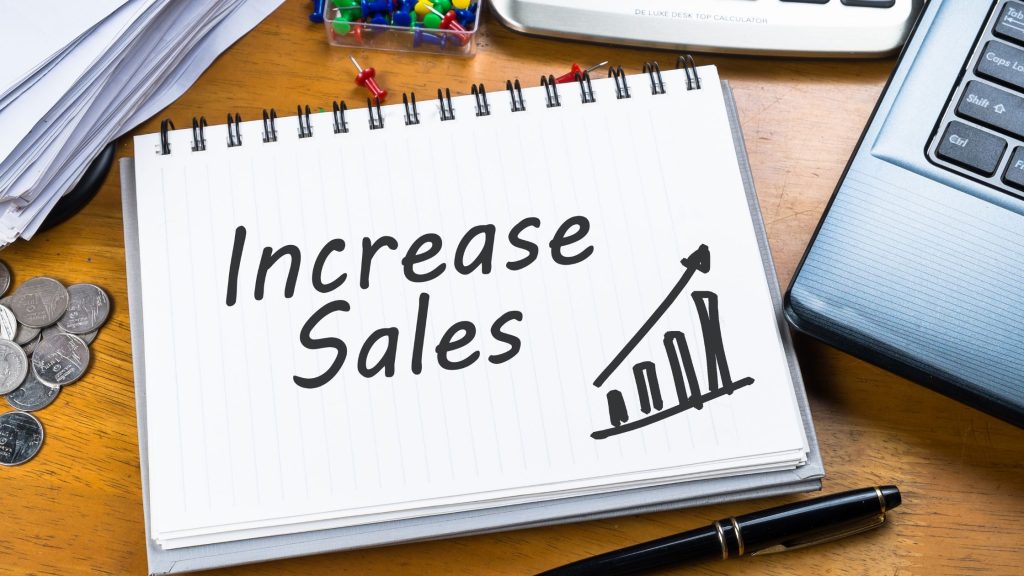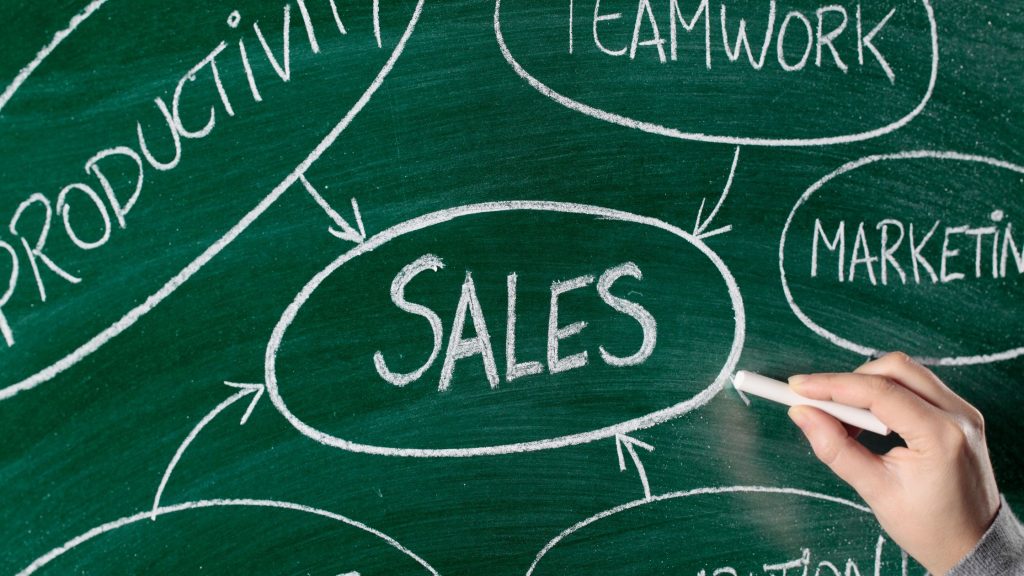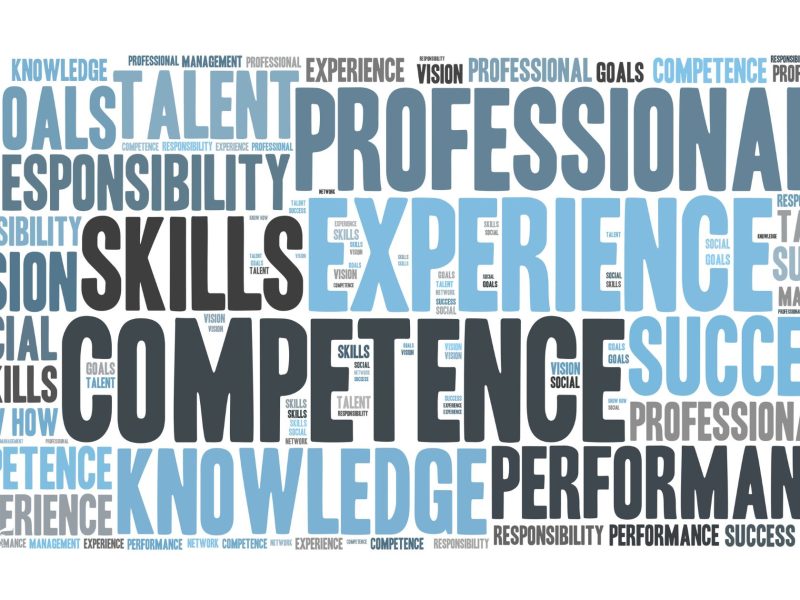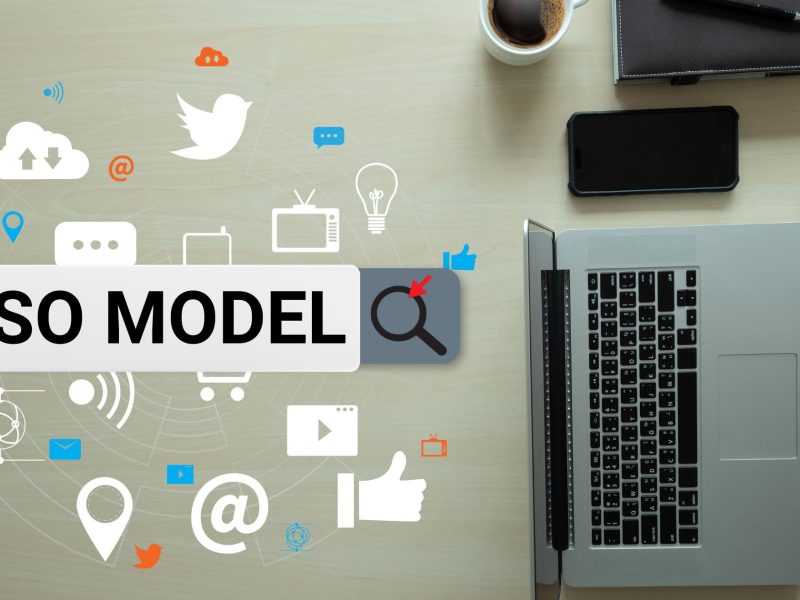Discovering unique ways to increase sales is crucial for businesses aiming to thrive and excel in today’s competitive markets. While traditional sales techniques are effective, embracing unique and creative approaches can set a company apart from its competitors and lead to sustained growth. In this comprehensive guide, we will explore some creative and unconventional methods to enhance sales and expand market reach. From leveraging the power of technology to tapping into customer psychology, these strategies can rejuvenate sales efforts and propel businesses to new heights.
What are Unique Ways to Increase Sales?

1. Personalized Recommendations and Bundling
One effective and unique way to increase sales is by offering personalized product recommendations and bundling complementary items. By utilizing customer data and purchase history, businesses can suggest products that align with individual preferences, enhancing customer engagement and encouraging additional purchases.
Real-World Example: Amazon
Amazon is a master of personalized recommendations. Its sophisticated recommendation engine analyzes customer behavior, browsing history, and past purchases to suggest relevant products. By offering personalized product recommendations on the homepage and throughout the shopping journey, Amazon increases cross-selling and encourages customers to add more items to their carts.
Moreover, bundling related products or services at a discounted rate can entice customers to buy more items, driving both sales and customer satisfaction.
Real-World Example: McDonald’s
McDonald’s successfully implements bundling strategies by offering value meals that include a burger, fries, and a drink at a lower price than purchasing each item individually. This approach not only simplifies the ordering process for customers but also encourages them to purchase additional items they may not have considered otherwise.
2. Interactive Experiences and Gamification
Engaging customers through interactive experiences and gamification can make a significant impact on sales. Implementing augmented reality (AR) or virtual reality (VR) technology allows customers to “try before they buy” virtually. Interactive product demonstrations and experiences can enhance customer understanding and enthusiasm, leading to increased sales.
Real-World Example: Sephora
Sephora, a beauty retailer, leverages AR technology through its virtual “Virtual Artist” feature in its mobile app. Customers can virtually try on makeup products, such as lipstick and eyeshadow, using their phone’s camera. This interactive experience not only entertains customers but also helps them make more informed purchasing decisions, ultimately boosting sales.
Additionally, incorporating gamification elements, such as rewards, challenges, and points, can make the shopping process more enjoyable, encouraging repeat visits and higher spending. And this is certainly one of the most unique ways to increase sales.
Real-World Example: Starbucks
Starbucks rewards its customers with a gamified loyalty program called “Starbucks Rewards.” Customers earn stars for each purchase, and as they accumulate stars, they unlock different membership levels with various benefits, such as free drinks, personalized offers, and early access to new products. This gamified loyalty program fosters customer loyalty and drives repeat visits, increasing sales.
3. Subscription Models and Loyalty Programs
Introducing subscription models and loyalty programs can cultivate loyal customers and encourage recurring sales. Subscriptions offer convenience to customers by delivering products regularly, while loyalty programs reward frequent purchasers with exclusive perks, discounts, or early access to new products.
Real-World Example: Dollar Shave Club
Dollar Shave Club revolutionized the shaving industry by introducing a subscription-based model for razor blades. Customers can subscribe to receive razor blades and other grooming products regularly, ensuring they never run out of supplies. This subscription approach not only simplifies the purchasing process for customers but also establishes a consistent revenue stream for the company.
Real-World Example: Sephora Beauty Insider
Sephora’s “Beauty Insider” loyalty program offers customers different tiers of rewards based on their annual spending. Members earn points for every dollar spent, which they can redeem for beauty products and exclusive experiences. The tiered loyalty program motivates customers to reach higher spending levels to unlock more valuable rewards, ultimately driving sales for Sephora.
4. Limited-Time and Flash Sales
Creating a sense of urgency and excitement among customers is possible through hosting limited-time and flash sales. Offering significant discounts or exclusive deals for a short period prompts customers to act quickly to secure the offer. The fear of missing out (FOMO) can motivate impulse purchases and generate a surge in sales during the promotional period.
Real-World Example: Zara
Zara, a fast-fashion retailer, frequently hosts flash sales with limited-time discounts on select items. These flash sales generate a sense of urgency among customers, encouraging them to make quick purchasing decisions to take advantage of the discounted prices. The time-sensitive nature of the sales drives higher sales volumes during the promotional period and hence, making it a part of our list of unique ways to increase sales.
Real-World Example: Amazon Prime Day
Amazon’s annual Prime Day is a massive flash sale event exclusively for Prime members, offering steep discounts on a wide range of products. The limited-time nature of Prime Day creates a buying frenzy, leading to a significant surge in sales for Amazon and increased Prime membership sign-ups.
5. Influencer Marketing and User-Generated Content
Leveraging influencer marketing and user-generated content can boost brand visibility and credibility. Partnering with influencers or brand advocates who align with your target audience can effectively promote your products or services. User-generated content, such as customer reviews, testimonials, and social media posts, adds authenticity and trust to your brand, enticing potential customers to make a purchase.
Real-World Example: Daniel Wellington
Daniel Wellington, a watch brand, grew rapidly by leveraging influencer marketing. The brand collaborated with fashion influencers who showcased Daniel Wellington watches on their social media platforms. These influencers’ followers were inspired to emulate their style, driving significant sales for the brand.
Real-World Example: GoPro
GoPro, a manufacturer of action cameras, encourages its customers to share user-generated content featuring their experiences using GoPro cameras. The brand showcases these user-generated videos and photos on its website and social media channels, providing authentic and exciting content that inspires potential customers to capture their adventures using a GoPro camera.
6. Pop-Up Shops and Experiential Retail

Exploring pop-up shops and experiential retail concepts can create unique, immersive shopping experiences. Temporary pop-up shops can generate buzz and exclusivity, driving foot traffic and sales. Experiential retail goes beyond traditional shopping by incorporating interactive elements, demonstrations, or workshops to engage customers emotionally, leading to stronger brand connections and increased sales.
Real-World Example: Glossier
Glossier, a beauty brand, often hosts pop-up shops in various cities. These pop-up shops allow customers to experience Glossier’s products in person, try on makeup, and receive personalized recommendations from beauty experts. The temporary and exclusive nature of the pop-up shops creates a sense of excitement and urgency, attracting customers and driving sales during the limited time the shop is open.
Real-World Example: Nike House of Innovation
Nike’s House of Innovation stores offer immersive shopping experiences that combine cutting-edge technology with physical retail. Customers can design custom shoes, explore interactive displays, and experience Nike’s latest innovations in a dynamic environment. This experiential retail concept deepens customer engagement with the brand, leading to increased sales and brand loyalty.
7. Social Media Contests and Viral Campaigns
Harnessing the power of social media by hosting contests and launching viral campaigns can significantly expand brand visibility and attract potential customers.
Real-World Example: Lay’s “Do Us a Flavor” Campaign
Lay’s launched its “Do Us a Flavor” campaign, inviting consumers to submit ideas for new chip flavors. The campaign gained widespread attention and participation on social media as people submitted creative flavor ideas and encouraged their friends
to vote for their favorites. This user-generated campaign created a buzz around Lay’s products and drove increased sales during the campaign period.
Real-World Example: ALS Ice Bucket Challenge
The ALS Ice Bucket Challenge is an iconic viral campaign that raised awareness and funds for amyotrophic lateral sclerosis (ALS). The challenge involved individuals dumping a bucket of ice water over their heads, recording it, and challenging others to do the same or donate to ALS research. The viral nature of the campaign spread rapidly across social media, resulting in significant contributions to ALS research and increased awareness of the disease.
8. Social Impact Initiatives
Aligning your business with social impact initiatives or supporting causes that resonate with your target audience can attract socially conscious customers and drive sales while making a positive difference in the world.
Real-World Example: Toms
Toms, a shoe company, established a unique “One for One” giving model. For every pair of shoes purchased, Toms donates a pair to a child in need. This social impact initiative resonates with customers who want their purchases to contribute to a meaningful cause, driving sales for Toms.
Real-World Example: Patagonia
Patagonia, an outdoor clothing and gear retailer, is committed to environmental sustainability. The brand actively promotes reducing waste and encourages customers to repair, reuse, and recycle their products. Patagonia’s dedication to environmental responsibility appeals to environmentally conscious consumers, driving both brand loyalty and sales.
9. Limited-Edition and Customizable Products
Offering limited-edition products or customizable options can create a sense of exclusivity and individuality. Limited-edition items can drive a sense of urgency and rarity, leading customers to act quickly to secure these unique offerings. Similarly, customizable products allow customers to tailor their purchases to suit their preferences, making the shopping experience more personal and memorable.
Real-World Example: Adidas Customizable Sneakers
Adidas offers customizable sneakers through its mi Adidas platform. Customers can design their own unique sneakers, selecting colors, materials, and personalizing them with text or logos. This customization option allows customers to express their individual style, leading to higher customer satisfaction and increased sales.
Real-World Example: Coca-Cola “Share a Coke” Campaign
Coca-Cola launched the “Share a Coke” campaign, replacing its iconic logo on bottles with popular names and phrases. This limited-edition campaign sparked curiosity and a desire for customers to find bottles with their names on them or purchase personalized bottles for friends and family, resulting in a surge in sales for Coca-Cola during the campaign. This campaign also received significant social media exposure, making it one of the most simple, yet unique ways to increase sales.
10. Collaborations and Co-Branding
Collaborating with other brands or influencers to create exclusive co-branded products or campaigns can tap into new customer segments and gain exposure to a broader audience.
Real-World Example: Supreme x Louis Vuitton
Supreme, a streetwear brand, collaborated with luxury fashion house Louis Vuitton to create a co-branded collection. This collaboration combined the distinct styles of both brands, generating significant hype and demand among streetwear enthusiasts and luxury fashion consumers alike. The limited availability and exclusivity of the collection led to immediate sell-outs and increased brand awareness for both Supreme and Louis Vuitton.
Real-World Example: Starbucks x Spotify
Starbucks partnered with music streaming service Spotify to create a co-branded experience. Starbucks customers could influence the store’s music playlist and access exclusive playlists on Spotify through the Starbucks mobile app. This collaboration enhanced the Starbucks customer experience and strengthened customer loyalty, driving increased sales for Starbucks.
11. Social Commerce and Shoppable Posts
Implementing social commerce and shoppable posts can lead to increased sales by tapping into the vast audience of potential customers on social media.
Real-World Example: Instagram Shopping
Instagram Shopping allows businesses to tag products in their posts and stories, enabling users to click on the tags and directly purchase the featured items. This streamlined shopping experience reduces friction and encourages impulse purchases, driving sales for businesses on the platform.
12. Voice Commerce and Smart Speakers
Optimizing your online store for voice search and embracing voice commerce can help you reach tech-savvy consumers who prefer voice-enabled shopping.
Real-World Example: Amazon Alexa Shopping
Amazon’s Alexa enables customers to shop and make purchases using voice commands. By integrating with Alexa, businesses can reach customers directly through smart speakers, expanding their sales channels.
13. Personalized Retargeting and Abandoned Cart Remarketing – Cost Effective
Recapturing lost sales through personalized retargeting and abandoned cart remarketing can be highly effective. By offering tailored promotions, businesses can entice customers to return and complete their transactions. Over time, I have seen firsthand how several businesses increased their conversion rates massively just because of abandoned cart remarketing.
Real-World Example: E-commerce Retargeting Ads
E-commerce platforms often use retargeting ads to show customers the products they abandoned in their carts, along with personalized discounts or free shipping offers. These tailored promotions serve as gentle reminders and incentives to encourage customers to revisit the website and finalize their purchases.
14. Interactive Virtual Events and Product Launches
Hosting interactive virtual events and product launches can engage customers in real-time and create excitement around new offerings. Virtual events can include live product demonstrations, Q&A sessions, and interactive activities that encourage participation and drive sales.
Real-World Example: Apple Keynote Events
Apple’s product launch events are highly anticipated and broadcasted live worldwide. During these events, Apple showcases its latest products, features, and innovations, generating excitement and pre-orders from eager customers.
15. Subscription Box Services and Mystery Offers
Introducing subscription box services or mystery offers can surprise and delight customers with curated products or surprise discounts.
Real-World Example: FabFitFun Subscription Box
FabFitFun offers a seasonal subscription box filled with a selection of beauty, fashion, wellness, and lifestyle products. Each box is curated based on customer preferences, creating a sense of anticipation and discovery with each delivery.
Real-World Example: Mystery Discount Wheel
Some e-commerce websites feature a “Mystery Discount Wheel” that customers can spin for a chance to win a random discount on their purchases. This gamified approach adds an element of excitement and encourages customers to complete their orders with the added benefit of a surprise discount.
Conclusion
Incorporating creativity, technology, and customer-centricity into sales strategies can unlock new opportunities and drive sales growth for businesses. As consumer preferences continue to evolve, staying ahead of the curve and experimenting with fresh approaches is essential for sustained success. That means, trying out unique ways to increase sales is essential if you want your business to succeed. By embracing these innovative and human-centric methods, your business can also forge lasting relationships with its customers. As a result, you can achieve remarkable success in today’s dynamic and competitive market landscape.


